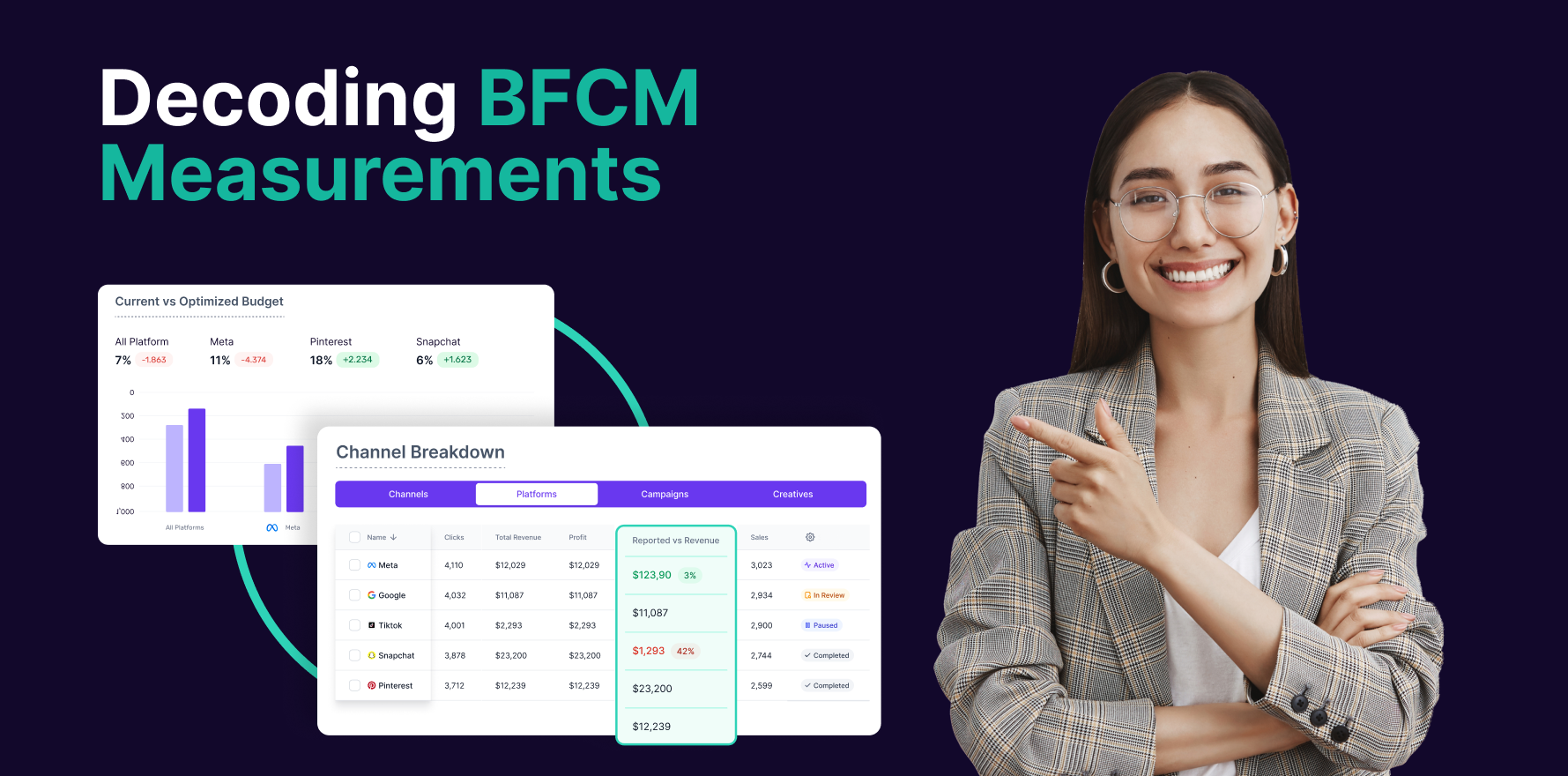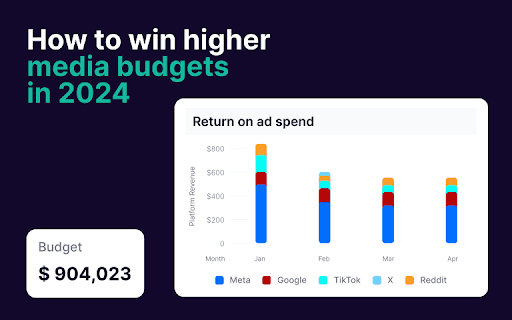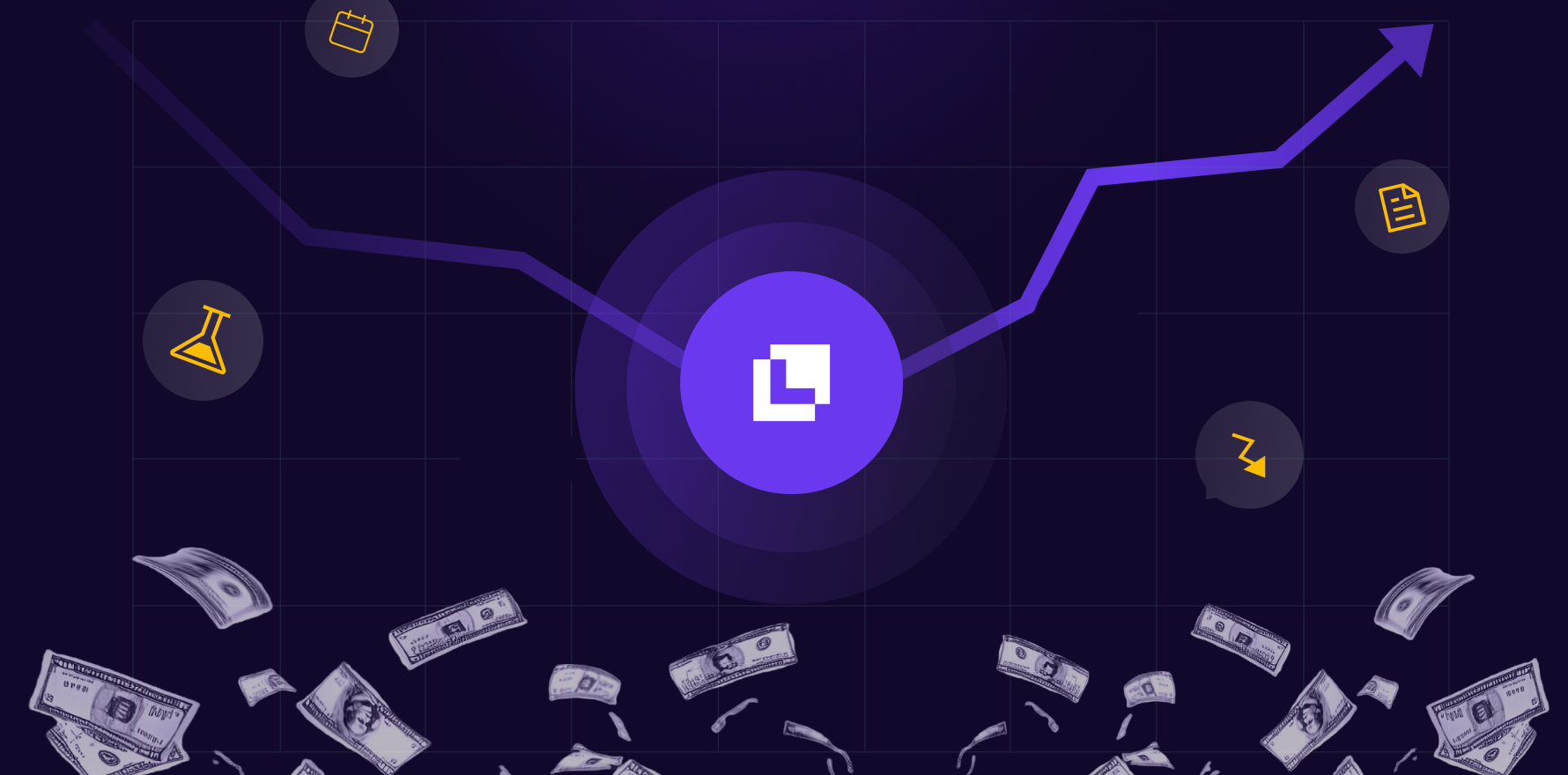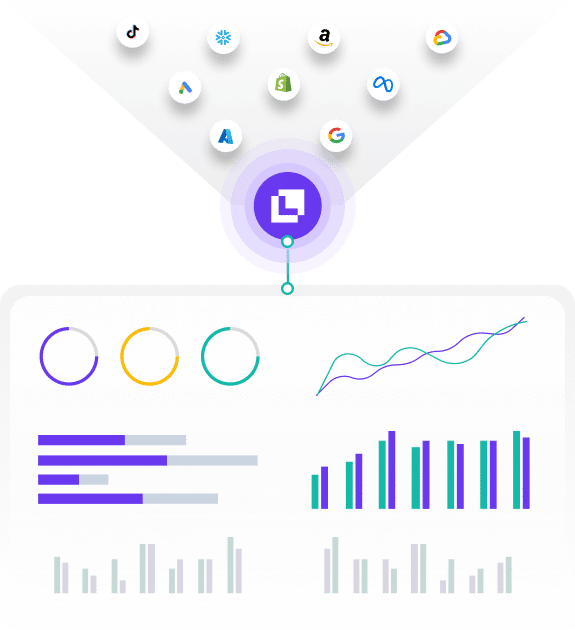What is Segment Analysis?
Segmentation Analysis is the process of dividing a broad consumer or business market into sub-groups of consumers based on shared characteristics such as demographics, psychographics, behavior, or needs. This analysis helps businesses tailor their marketing strategies to specific segments, enhancing relevance and effectiveness.
Formula
Example
For Example, an online retailer might perform Segmentation Analysis to divide its customer base into segments like young professionals, middle-aged families, and retirees. Each segment receives tailored marketing messages that resonate with their specific needs and preferences, leading to higher engagement and conversion rates.
Why is Segment Analysis important?
Segmentation Analysis is crucial because it allows businesses to understand their customers better, optimize marketing efforts, and allocate resources more efficiently. By targeting specific segments with customized strategies, companies can improve customer satisfaction and loyalty, and drive higher sales.
Which factors impact Segment Analysis?
Several factors can influence the success of Segmentation Analysis, including the quality and accuracy of data, the relevance of chosen segmentation criteria, and the ability to effectively implement tailored marketing strategies. Regularly updating segments based on new data and market changes is essential for maintaining effectiveness.
How can Segment Analysis be improved?
To improve Segmentation Analysis, businesses should focus on collecting comprehensive and accurate data, using advanced analytics tools to identify meaningful segments, and continuously testing and refining their segmentation criteria. Incorporating feedback from marketing campaigns can also help fine-tune segments and strategies.
What is Segment Analysis’s relationship with other metrics?
Segmentation Analysis is closely related to metrics like Customer Lifetime Value (CLV), Conversion Rate, and Return on Investment (ROI). While CLV estimates the total value a customer brings over their lifetime, Conversion Rate measures the percentage of users who complete a desired action, and ROI assesses the profitability of marketing efforts.
Free essential resources for success
Discover more from Lifesight
















